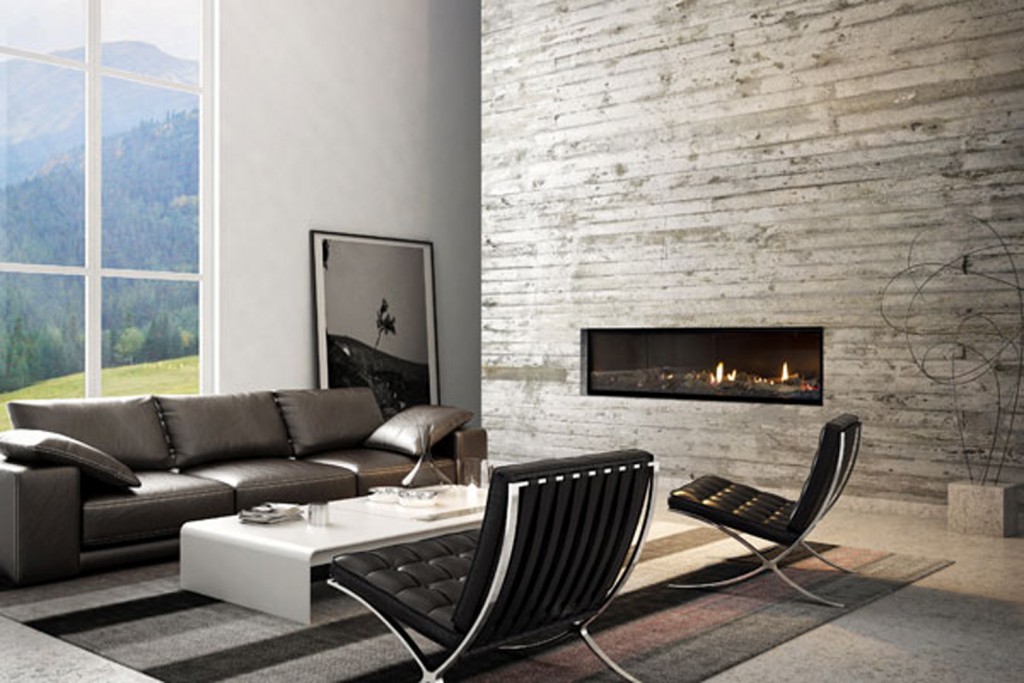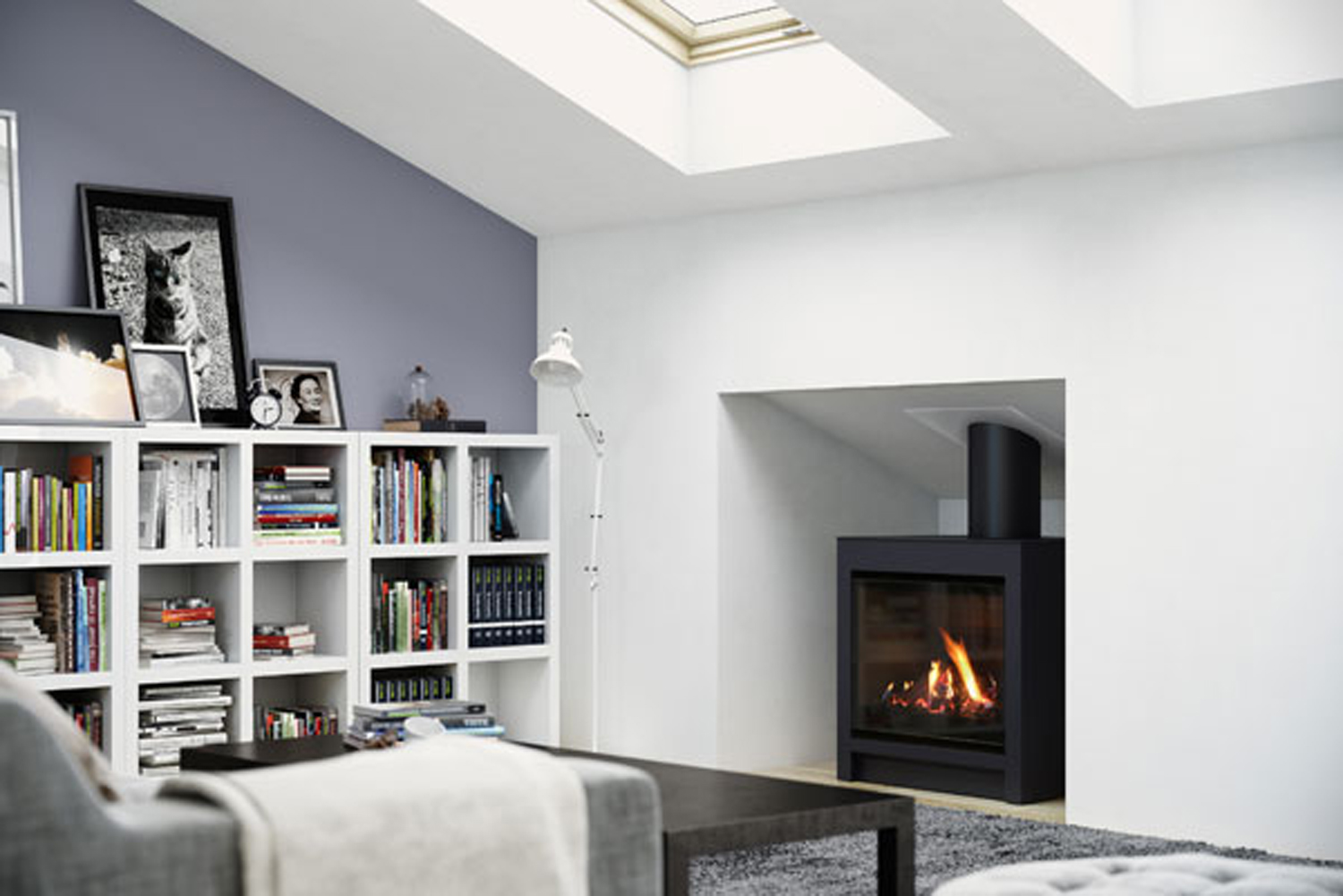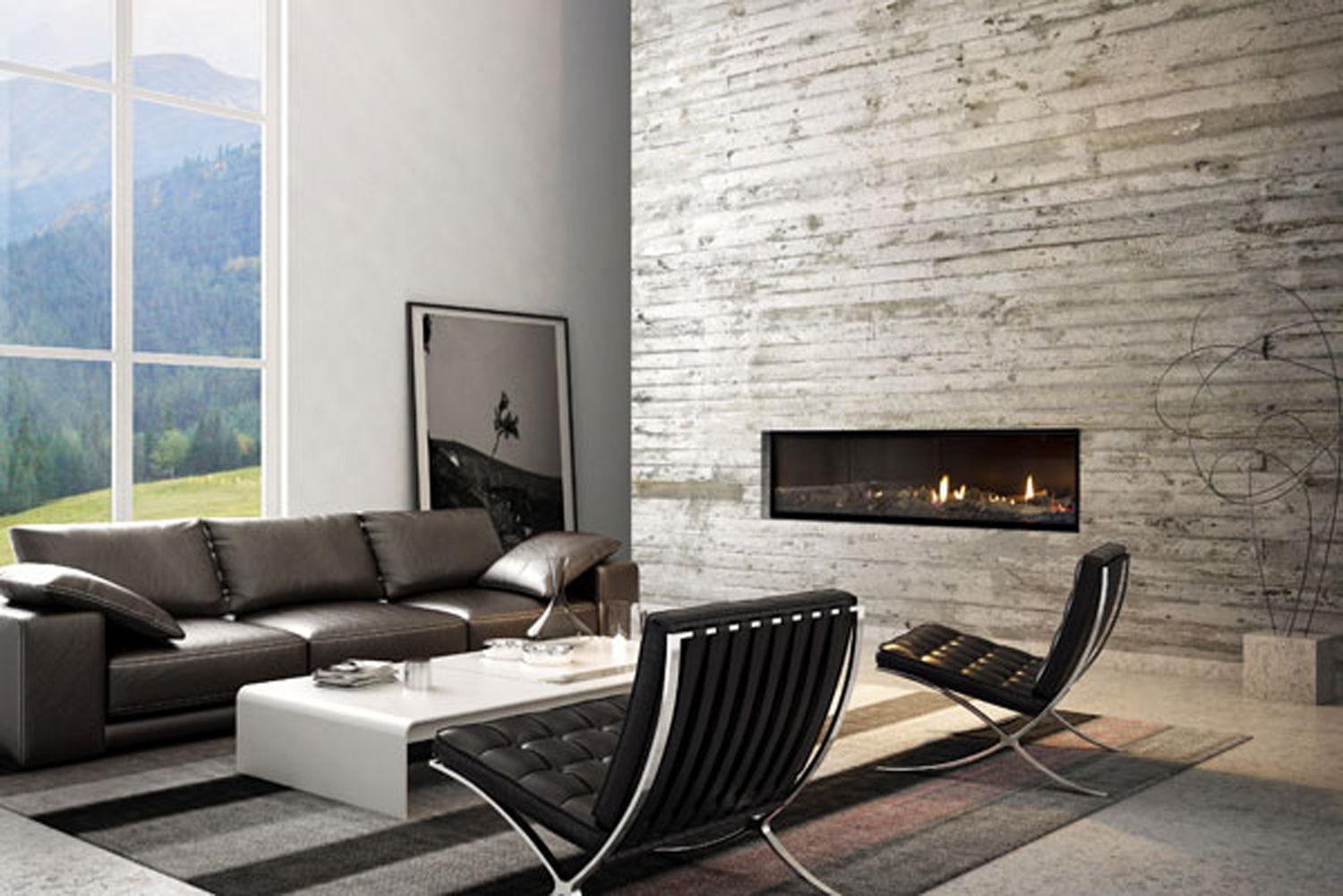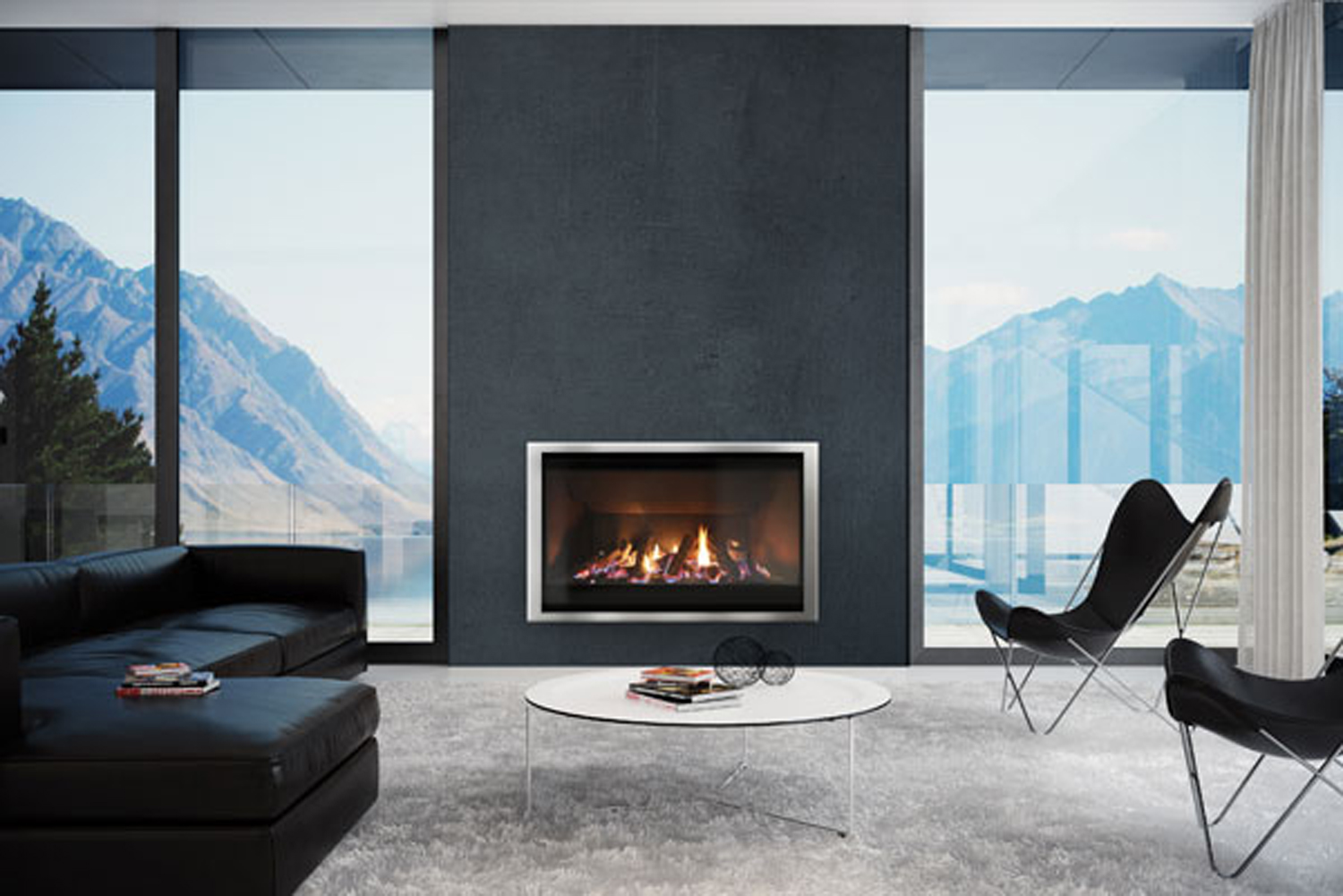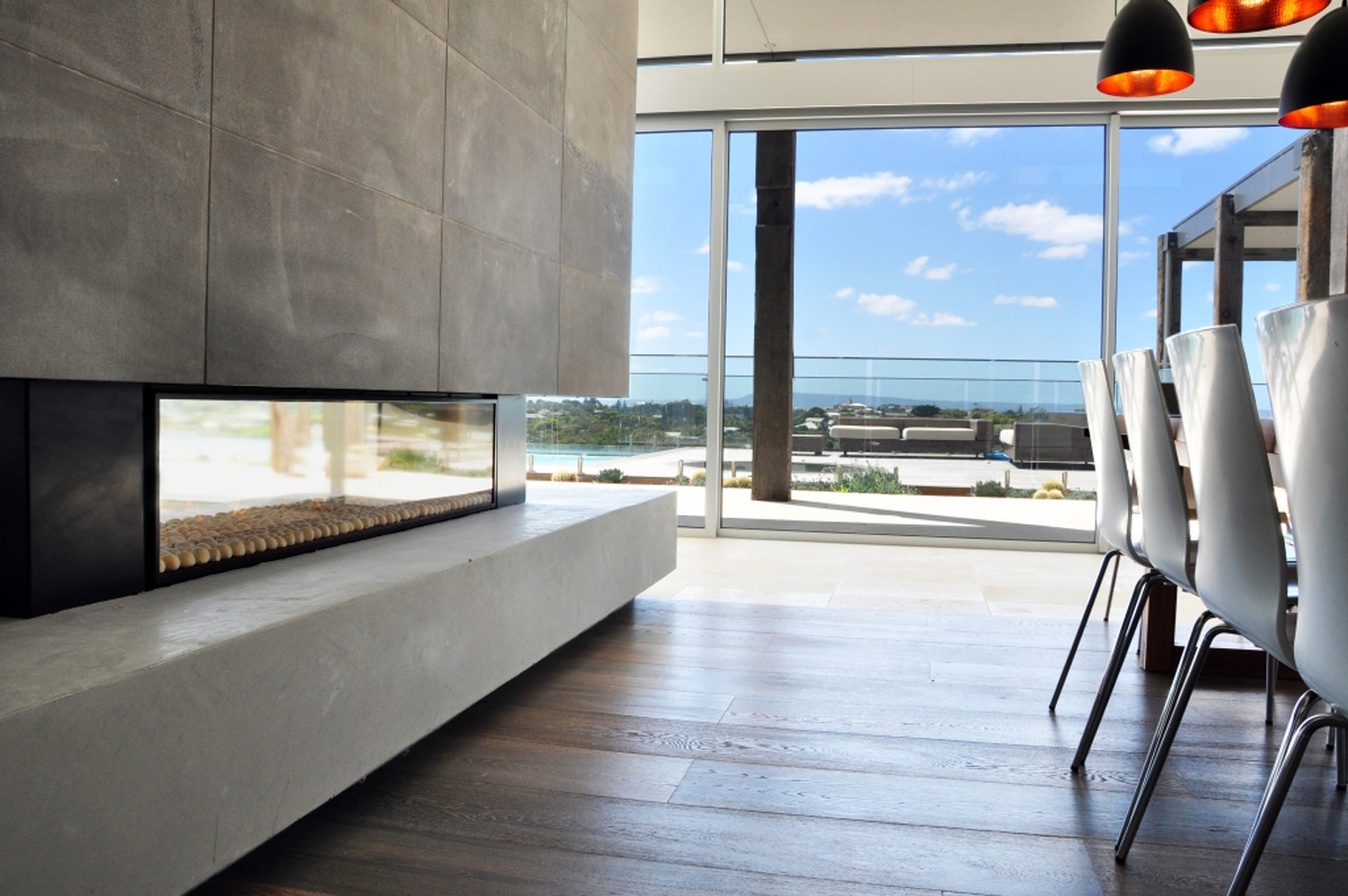If you’re considering a gas fire for your home it’s important to understand the differences between a open and glass-fronted fireplace
While visually there might seem little difference between open and glass-fronted fireplaces, there is a whole lot going on that you don’t see.
Open gas fires uses air from the room as an ignition source, meaning that while some of the air will be drawn under the fire and re-circulated, some of the room’s air will travel out through the flue. While this provides a vent for warm air to be drawn out of the house when it is not in use, it means that outside air needs to be introduced to maintain airflow. As a fire attempts to raise a room’s temperature it requires more air, meaning that energy input (gas) to heat output (kW) becomes disproportionate — reducing efficiency.
In comparison, glass fronted gas fireplaces, like Escea’s DX Series and DL Series ranges, are sealed units that overcome the issues of open fireplaces by introducing air directly into the chamber.
Sealed off from the room, the fire does not require replacement air and there is no loss of heat through the fire. The front of the fire surround pulls in air from the room and over a heat exchanger and then circulated via fan or duct system. Ultimately this reduces the temperature difference between the room’s incoming and outgoing air, resulting in a constant temperature. The Escea ranges mentioned above run at between 85% to 90% efficiency due to this. This equates to an output of between 8.4 — 10.4Kw.
For more information
